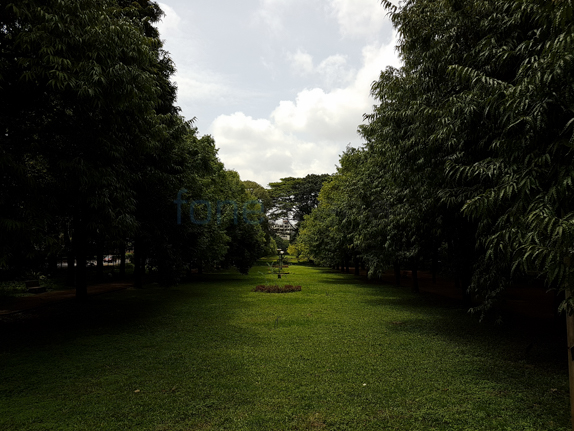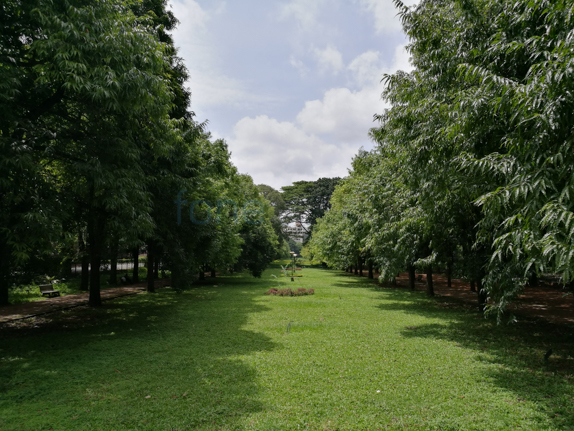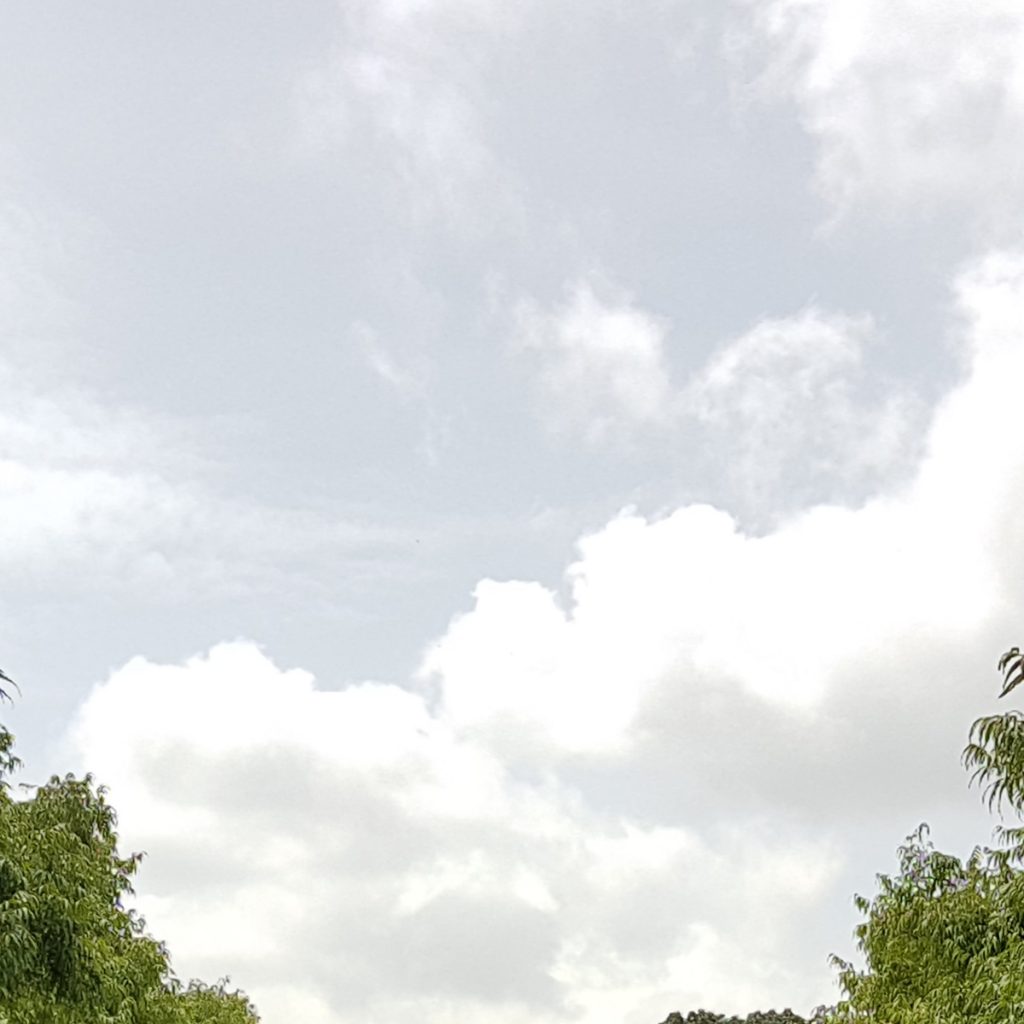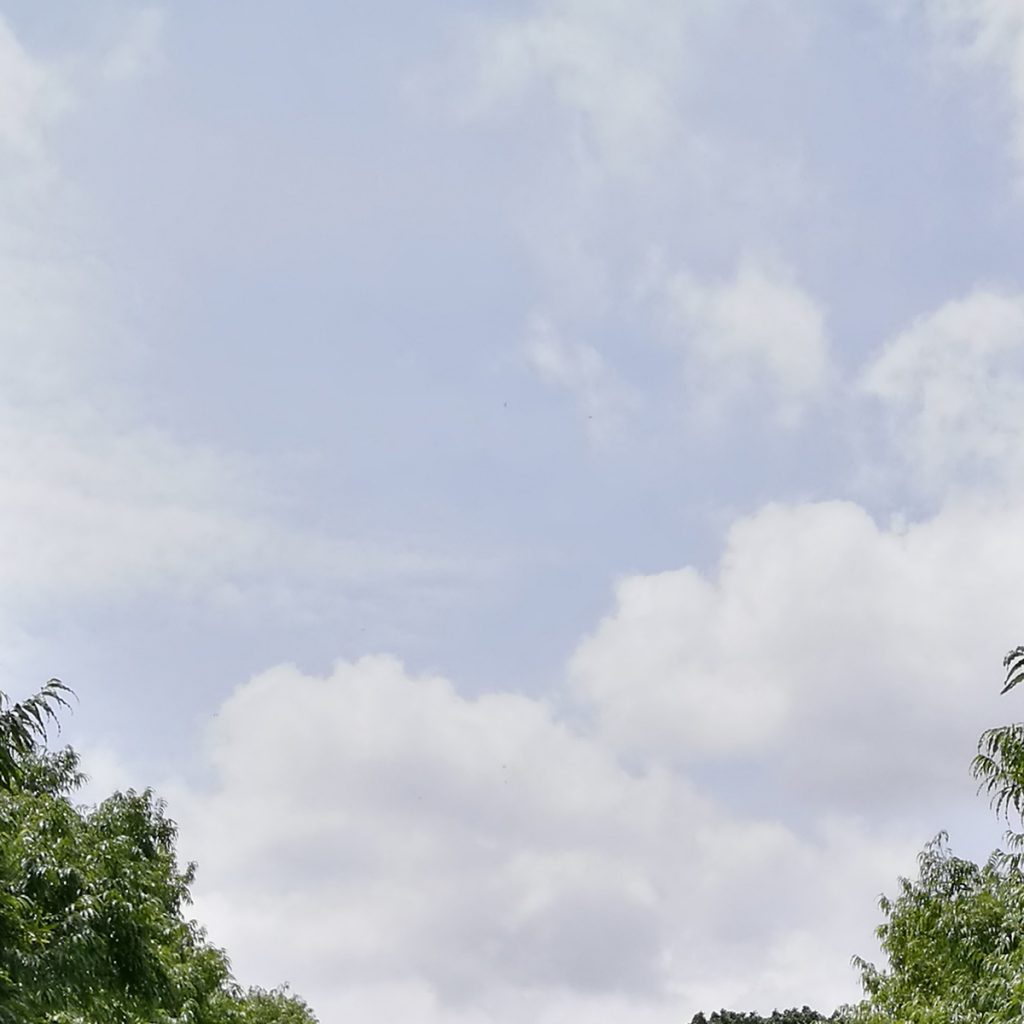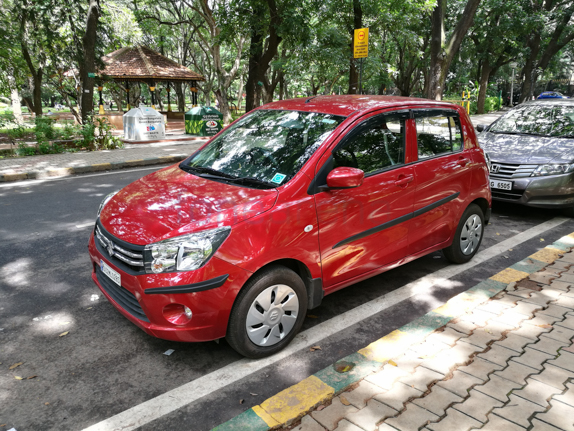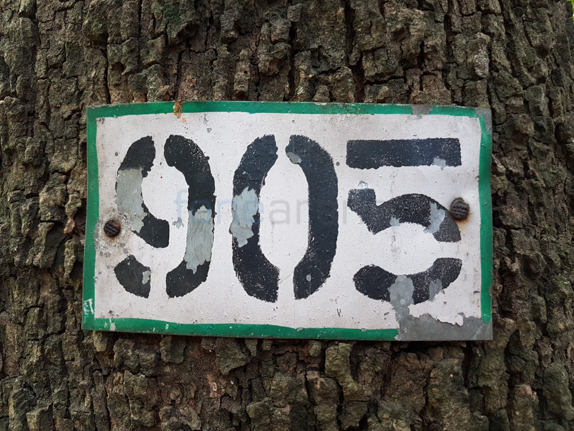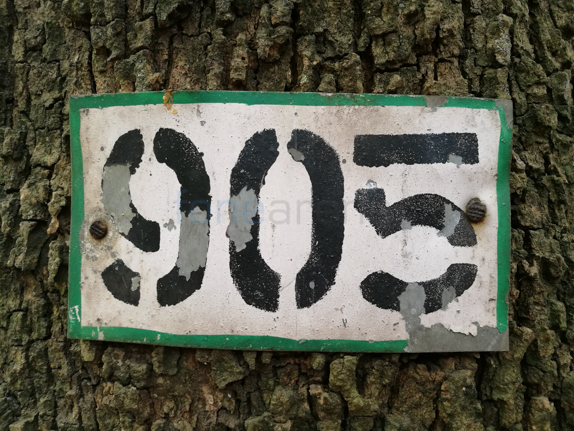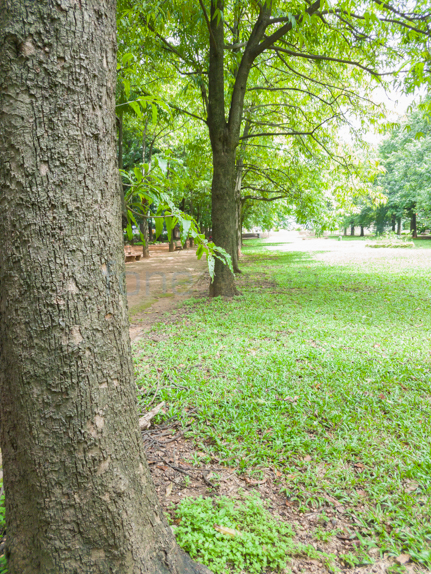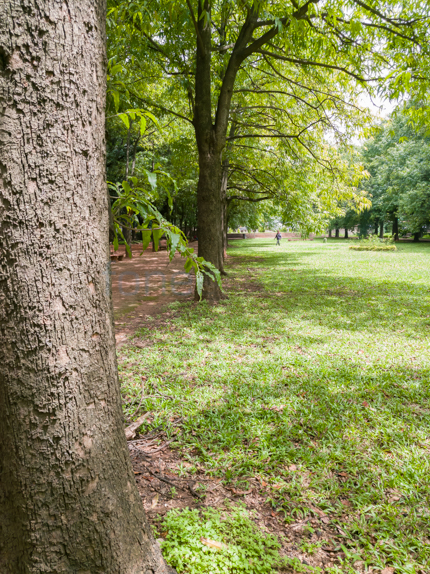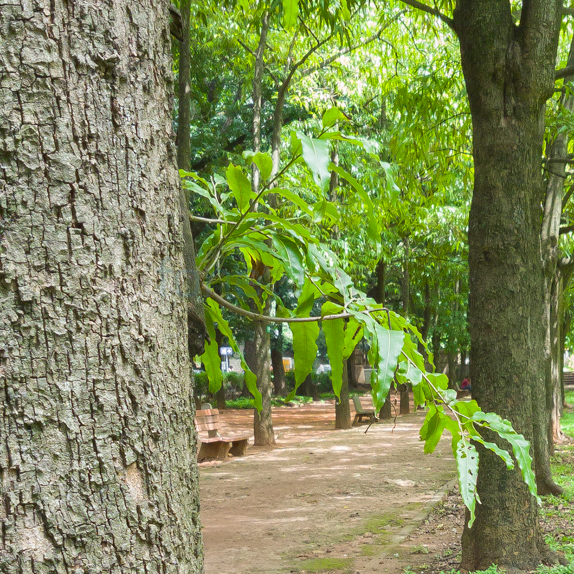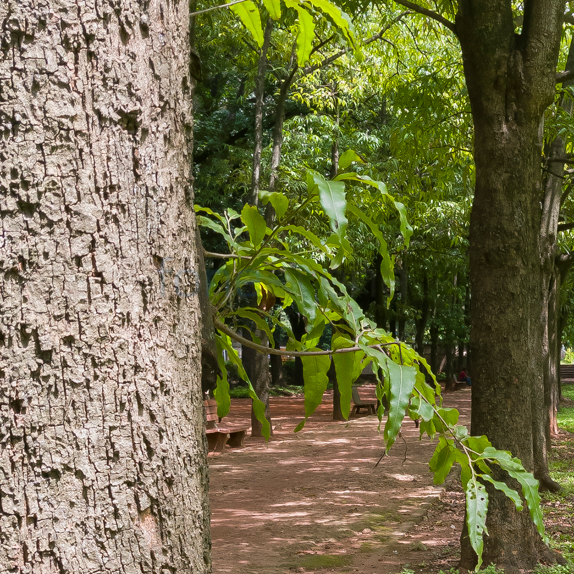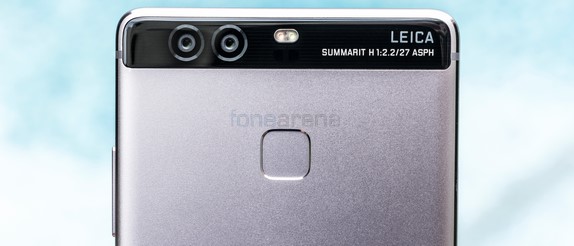
Up until August, there was possibly only one front-runner for the title of best camera-phone on the market and that was the Samsung Galaxy S7/ Edge. However, Huawei just released the P9 and it packs some seriously impressive photography abilities thanks to its Dual Leica Lens camera setup. In this post we’ll be examining samples taken by both phones to see which one will take the title of best camera-phone.
Let’s get the specifications right first. Apart from the Dual Leica Lenses, the Huawei and Samsung Galaxy S7/Edge have an identical resolution of 12 Megapixels which makes this comparison all the more crucial and interesting since they should resolve the same amount of detail. Having 12 Megapixel cameras each, both the phone are able to boast superior low light performances compared to most smartphones since extra pixels add extra noise as well on a similar sensor size.
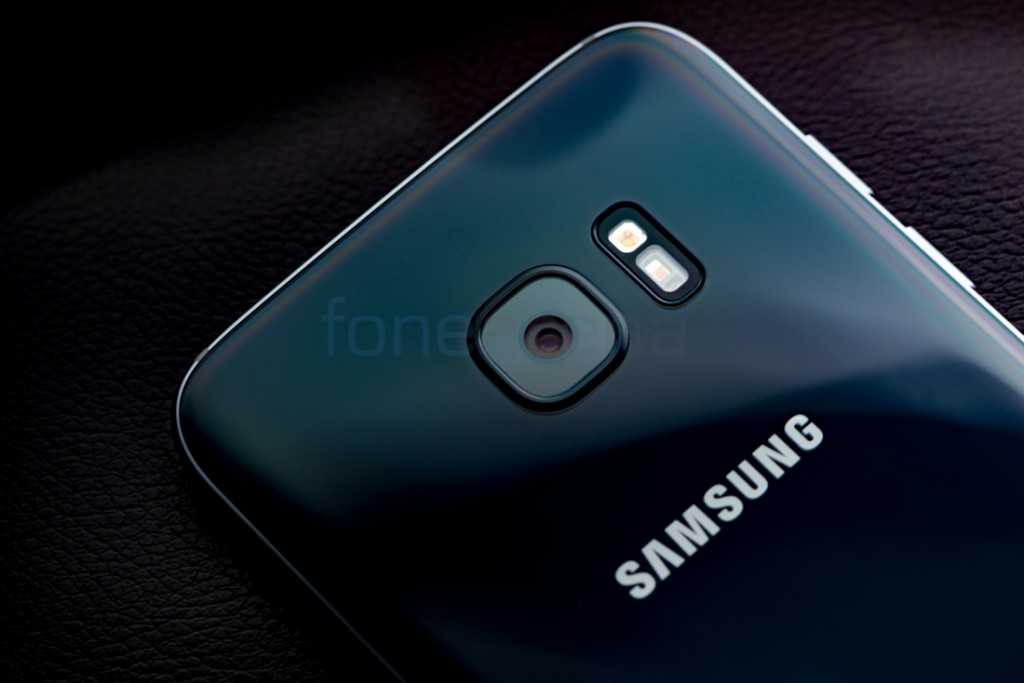
While the P9 makes use of an RGB and Monochrome sensor to improve its dynamic range and low light performance, the S7/Edge makes use of its f/1.7 aperture and 1.4 micron pixel size to do so. The P9 has an f2.2 aperture and 1.25 micron pixels size on its Sony IMX 286 sensor. Although, the S7 has a wider aperture and a larger pixel size, the Monochrome sensor on the P9 captures upto 3 times more light than regular RGB sensors and that allows for more details from shadows and highlights.
The focal length too is more or less identical in both the smartphones with the P9 having a 27mm focal length while the S7/Edge has a 26mm focal length. Both are really wide and can accommodate a lot of detail into a single frame. So let’s start with landscape photos for the first comparison. Click on any of the photos for the full resolution samples. All the photos on top in this post are taken with the S7/Edge and photos at the bottom are taken with the P9.
The difference in the dynamic range between the sensors is immediately evident in the case of the above two photos. The S7/Edge has a very much underexposed photo where the details in the shadows are lost. The P9 however creates a shot that almost looks like it was taken in HDR mode since most other phones can replicate this shot only in HDR mode.
The shots above have been taken in HDR mode on both the phones. Immediately you’ll notice a huge difference in the dynamic range of the S7/Edge photo. The details in the shadows are much more visible and overall the exposure seems quite correct. The P9 shot looks more or less identical since the dynamic range of the phone is great even without the HDR mode. However on the S7/Edge photo, you’ll notice that the leaves and grass have a yellowish tinge to it which is a result of the over-processing that Samsung tends to apply especially in HDR mode. Sure, people do like saturated photos too but that can easily be increased later on after capturing the shot and besides adding more saturation to the P9 shot would give a more realistic green colour than yellowish-green.
Taking a crop from the same HDR shot in the highlights region reveals another issue. The S7/Edge shot loses out on details on the clouds due to over-exposure and even the sky colour is washed out compared to the P9. The P9 has a beautiful colour processing thanks to Leica’s added expertise as well.
Funnily enough, the P9 is the camera that actually provides a more rich and accurate red colour for the car in this case despite the S7/Edge having the tendency to bump up the saturation especially in HDR shots.
12 Megapixels is plenty of resolution but the S7/Edge has a problem with excessive noise reduction in Auto mode which causes loss in detail and that is clearly evident in this macro photo. If you look at the full resolution sample then you will see the difference in the details and that the P9 manages to capture more details.
Since the S7/Edge does a much better job when photos are taken in RAW, we captured the above two photos in RAW and processed the DNG files using the same settings and the above photos are the results. Immediately, you’ll see the difference in how the S7/Edge has a washed out background with the highlights being over-exposed. Additionally, you’ll also see the tree on the P9 shot has a very 3D like effect that translates the depth very accurately thanks to the dedicated depth sensor on the P9.
Here is a crop of the above shot where you can see the difference in details captured. The P9 shot captures more detail on the bark as well as the leaves. You can also notice the better contrast ratios on the photo taken with the P9.
The S7/Edge is a great camera-phone and one that I personally use and have loved since I have gotten it. However, the P9 with the Dual Leica Lens system manages to outdo the S7/Edge on almost every aspect and the proof is in these photos. Feel free to examine and see for yourselves the differences. P9’s way of using its great hardware along with clever software algorithms put it a step ahead. I didn’t think it was easy to top the S7/Edge but Huawei have done just that with the P9 and it has other exclusives too such as the Monochrome mode, the various colour modes, light painting modes etc that make it arguably the best camera-phone on the market.

